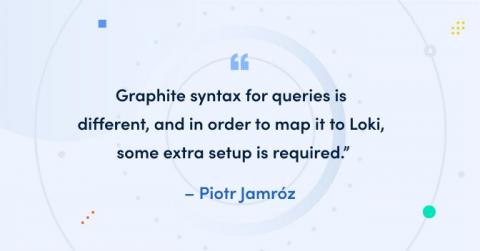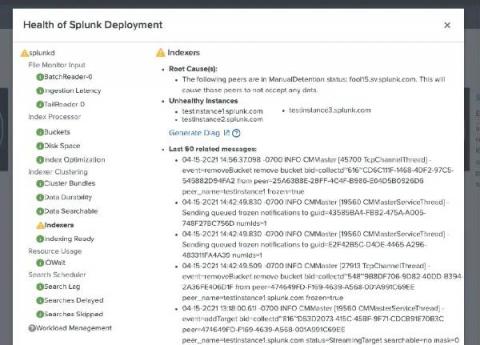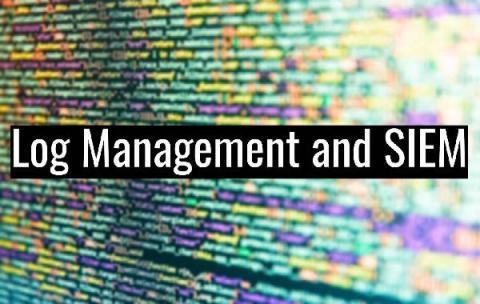Security Log Management Done Right: Collect the Right Data
Nearly all security experts agree that event log data gives you visibility into and documentation over threats facing your environment. Even knowing this, many security professionals don’t have the time to collect, manage, and correlate log data because they don’t have the right solution. The key to security log management is to collect the correct data so your security team can get better alerts to detect, investigate, and respond to threats faster.










